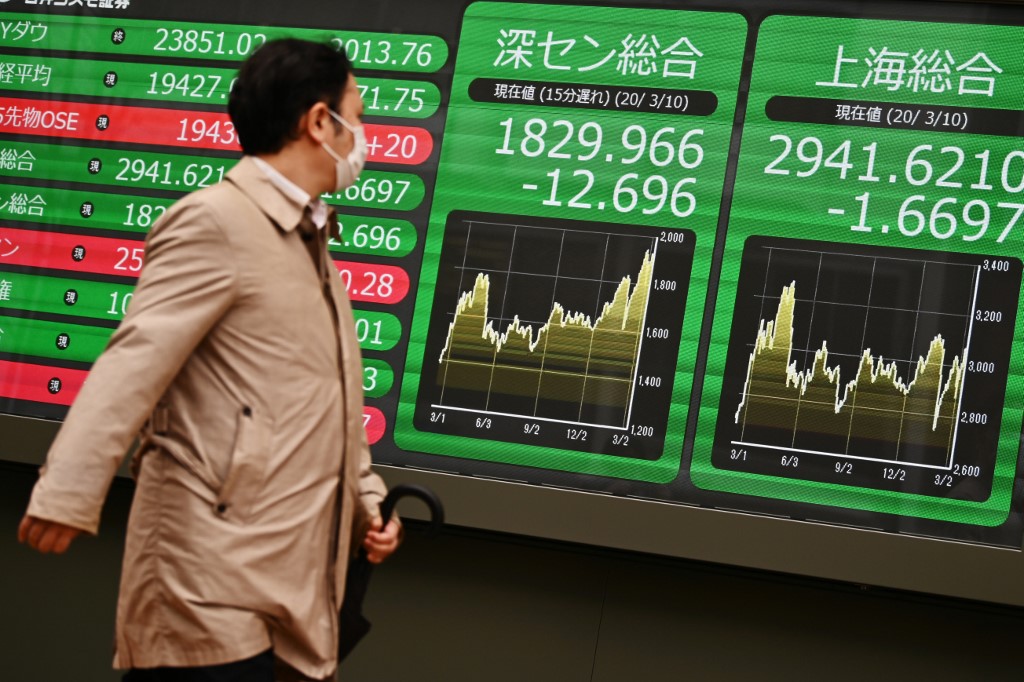Covid-19 will be remembered as the worst global economic shock in recent history but, compared to the most similar one, the Great Depression of 1929, its consequences on asset prices have been radically different.
In fact, the Great Depression started with an implosion of equity prices while the current pandemic started with a sharp correction in asset prices, especially as Covid reached Europe and the US in March last year, but quickly developed into one of the wildest bull markets in recent economic history.
The reason for the diametrically different equity performance mainly lies on a very different reaction from the Federal Reserve to both shocks. In fact, in 1929 interest rates were kept higher than 6% and were only brought down to 2% by 1931.
Read more: Asia Times Financial rebrands to celebrate new indexes
In 2020, instead, US rates were already low before Covid, which explains the unprecedented increase of the Fed balance sheet that followed suit. Such flooding of dollar liquidity, being the reserve currency of the world, could not but lead to a boom in equity prices globally. Beyond equities, other forms of speculative investment, such as crypto currencies, have literally exploded.
The question, thus, is how such bull market fares with the global economic outlook as well as that of corporate profits. The answer really depends on your horizon.
If we focus on the short-term, namely 2021, a fast economic recovery is the most likely scenario on the back of a massive stimulus globally and a hugely positive base effect, especially in the first half of the year.
Still, some risks remain related to the speed of vaccine rollouts, as well as virus mutations, which could derail, or at least slow down, such recovery. This scenario would, no doubt, dent the current bull equity market.
WANING STIMULUS
The biggest uncertainties, though, come once the horizon for asset prices is extended beyond 2021, as the stimulus starts waning and corporates face the reality of a much heavier debt.
If we add to this, the potential tapering by the Fed leading to rising funding costs, 2022 looks like a much tougher year for equity prices than 2021 by far.
The key question is whether the huge increase in asset prices we are undergoing is really going to help us transition away from the huge impact that Covid has had on our economies and our companies, and my honest answer is ‘no’.
First of all, at a time when household incomes need to be protected, asset bubbles only protect the income of those with enough wealth to invest while others continue to suffer, especially in relative terms. This will inexorably lead to more redistributive – and possibly populist – policies, especially in democratic regimes where the middle class will demand more income protection.
CORPORATE TAXES
There is a high chance that such redistributive policies go beyond households to companies through increases in corporate taxes and other means. If we add the slower growth outlook for 2022 and beyond, the larger debt burden and, potentially, higher cost of funding if tapering starts, it is hard to see how the ongoing asset price bubble can last.
Most importantly, once we take into account the socio-economic consequences of the bubble, namely a further worsening of income distribution, this bubble looks more of a problem than a solution to the economic shock stemming from the Covid-19 pandemic.
This problem may not be felt as much yet but it will become increasingly heavy over time, both politically and economically as the consequences of this shock on income distribution become more visible.
- Alicia Garcia-Herrero is Chief Economist for Asia Pacific at NATIXIS and a Senior Research Fellow at Bruegel
























